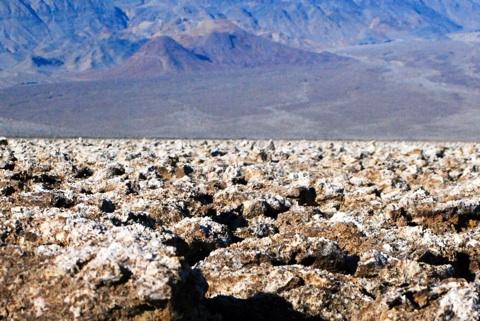128
Year to date maximum temperature, degrees Fahrenheit, at Furnace Creek (July 18)
124
Today’s forecast high temperature for Furnace Creek
123
Yesterday’s high temperature at Furnace Creek
92
Morning low temperature at Furnace Creek
2.23
Inches precipitation at Furnace Creek in last 12 months.
1.39
Inches precipitation at Furnace Creek, year to date.
Postscript: Relief is on the way! Afternoon temperatures are expected to drop into the high hundred teens by the weekend, with lows in the high 80s.
Traveler trivia, no extra charge: During July 1913, Death Valley recorded five consecutive days of 129 degrees or above. On July 10, a still-standing U.S. record 134 degrees was recorded at Greenland Ranch, a Pacific Coast Borax Company property in Death Valley.


 Support Essential Coverage of Essential Places
Support Essential Coverage of Essential Places







Comments
Your assumptions are right on the mark, Kirby. Annual physioclimatic stress (total annual mount of heat stress plus cold stress) can be calculated for any location if you've got the requisite weather data (daily temperature, humidity, windspeed, and sunshine conditions). Once you've done the calculations for hundreds of weather stations, it's a simple matter to create maps showing the distribution of physioclimatic stress. Geographer Werner Terjung was doing this back in the 1960s. I can dredge up some of his "comfort climates" maps of the U.S. if you're really interested.
BTW, I wrote my masters thesis in human physiological climatology (a domain of biometeorology) using Terjung's nomograms. It was entitled "The Comfort Climates of Grand Rapids, Michigan: A Dynamic Approach." It's available on microfilm, though I can't imagine why anyone would want to read the damn thing.
I recently came across your blog and have been reading along. I thought I would leave my first comment. I don't know what to say except that I have enjoyed reading. Nice blog. I will keep visiting this blog often.
Margaret